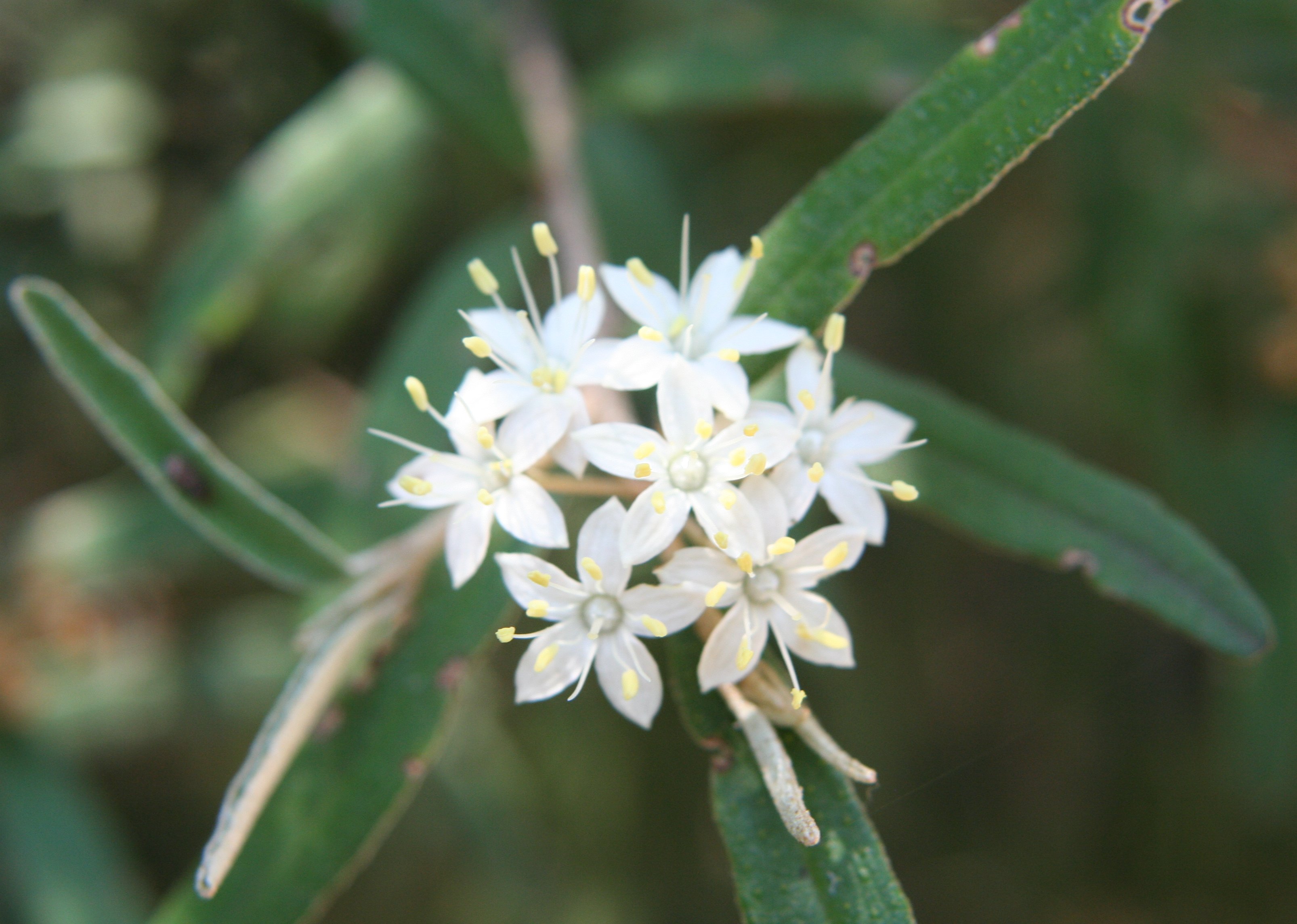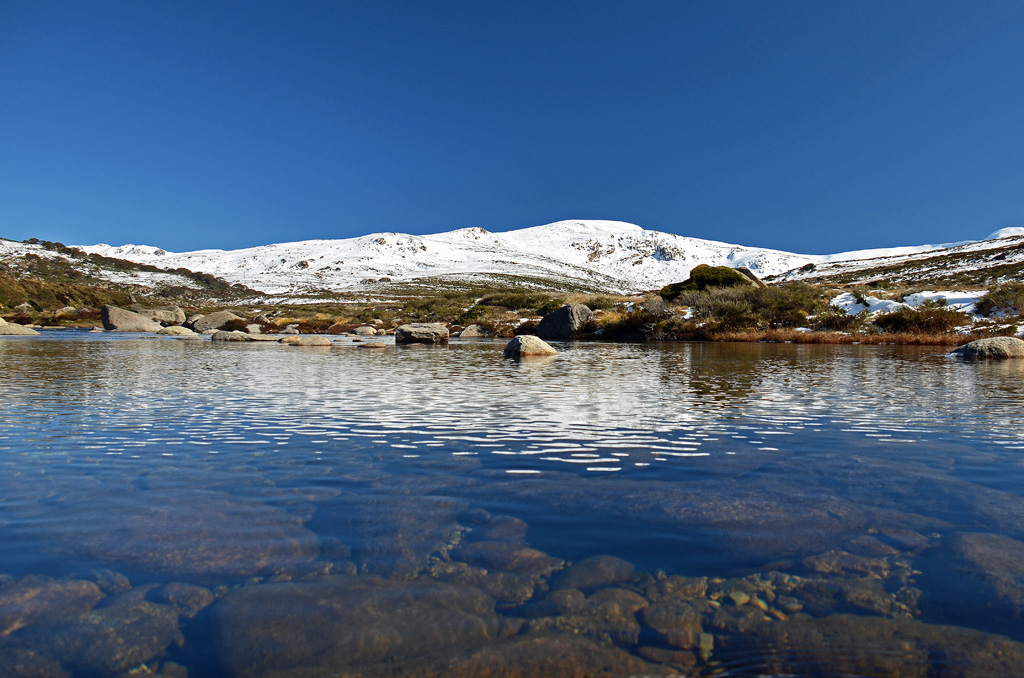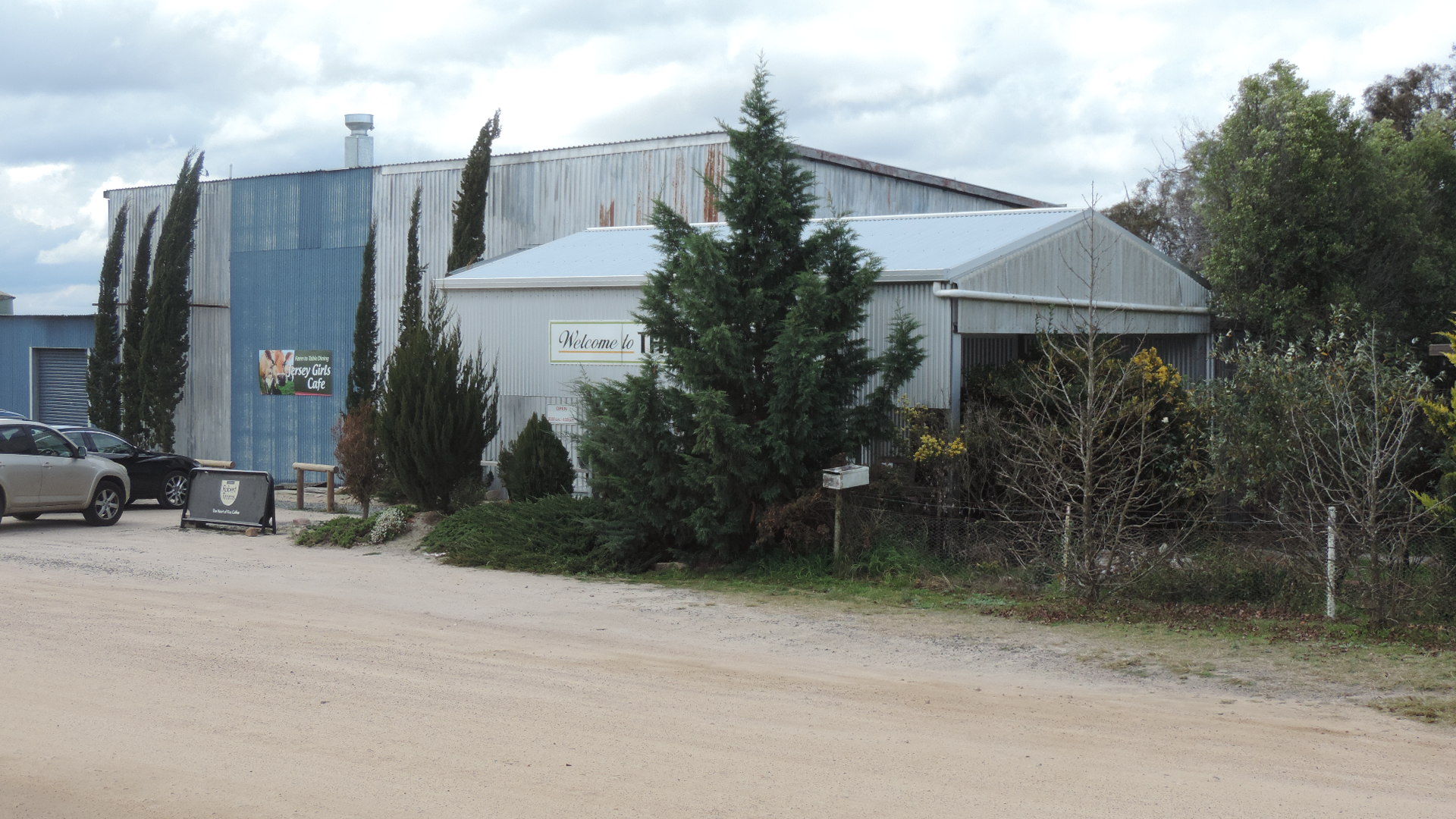|
Phebalium Glandulosum
''Phebalium glandulosum'', commonly known as desert phebalium, is a species of shrub that is endemic to eastern Australia. It has glandular-warty stems covered with silvery to rust-coloured scales, wedge-shaped leaves that are scaly on the lower surface, and yellow flowers arranged in umbels on the ends of branchlets. Description ''Phebalium glandulosum'' is a shrub that typically grows to a height of . It has glandular-warty stems that are densely covered with silvery to rust-coloured scales. It has wedge-shaped leaves that are long and wide on a short petiole. Five to ten pale to bright yellow flowers are arranged in more or less sessile umbels on the ends of branchlets, each flower on a pedicel long. The calyx is hemispherical to top-shaped, long, glandular warty and covered with scales on the outside. The petals are long and overlap each other. Flowering occurs in spring and the follicles are erect and long. Taxonomy The species was first formally described by Eng ... [...More Info...] [...Related Items...] OR: [Wikipedia] [Google] [Baidu] |
Australian National Botanic Gardens
The Australian National Botanic Gardens (ANBG) is a heritage-listed botanical garden located in , Canberra, in the Australian Capital Territory, Australia. Established in 1949, the Gardens is administered by the Australian Government's Department of Agriculture, Water and the Environment. The botanic gardens was added to the Commonwealth Heritage List on 22 June 2004. The botanic gardens is the largest living collection of native Australian flora. The mission of the ANBG is to "study and promote Australia's flora". The gardens maintains a wide variety of botanical resources for researchers and cultivates native plants threatened in the wild. The herbarium code for the Australian National Botanic Gardens is ''CANB''. History When Canberra was being planned in the 1930s, the establishment of the gardens was recommended in a report in 1933 by the Advisory Council of Federal Capital Territory. In 1935, The Dickson Report set forth a framework for their development. A large site ... [...More Info...] [...Related Items...] OR: [Wikipedia] [Google] [Baidu] |
Australian Systematic Botany
''Australian Systematic Botany'' is an international peer-reviewed scientific journal published by CSIRO Publishing. It is devoted to publishing original research, and sometimes review articles, on topics related to systematic botany, such as biogeography, taxonomy and evolution. The journal is broad in scope, covering all plant, algal and fungal groups, including fossils. First published in 1978 as ''Brunonia'', the journal adopted its current name in 1988. The current editor-in-chief is Daniel Murphy ( Royal Botanic Gardens Melbourne). Abstracting and indexing The journal is abstracted and indexed in BIOSIS, CAB Abstracts, Current Contents (Agriculture, Biology & Environmental Sciences), Elsevier BIOBASE, Kew Index, Science Citation Index and Scopus. Impact factor According to the ''Journal Citation Reports'', the journal has a 2015 impact factor The impact factor (IF) or journal impact factor (JIF) of an academic journal is a scientometric index calculated by ... [...More Info...] [...Related Items...] OR: [Wikipedia] [Google] [Baidu] |
Phebalium
''Phebalium'' is a genus of thirty species of shrubs or small trees in the family Rutaceae and is endemic to Australia. The leaves are arranged alternately, simple and often warty, the flowers arranged singly or in umbels on the ends of branchlets or in leaf axils, usually with five sepals, five petals and ten stamens. There are about thirty species and they are found in all Australian states but not in the Northern Territory. Description Plants in the genus ''Phebalium'' are shrubs or small trees that are often more or less covered with scales or shield-shaped or star-shaped hairs, at least when young. The leaves are arranged alternately along the stems, and are simple, sometimes with toothed edges. The flowers are bisexual and have five sepals, five petals and ten stamens. The sepals are fused at the base, usually with five lobes, and the stamens are free from each other. There are five carpels with the styles fused and the stigma is similar to the rest of the style. The ... [...More Info...] [...Related Items...] OR: [Wikipedia] [Google] [Baidu] |
Flora Of Victoria (Australia)
Flora (: floras or florae) is all the plant life present in a particular region or time, generally the naturally occurring ( indigenous) native plants. The corresponding term for animals is ''fauna'', and for fungi, it is '' funga''. Sometimes bacteria and fungi are also referred to as flora as in the terms ''gut flora'' or ''skin flora''. Etymology The word "flora" comes from the Latin name of Flora (mythology), Flora, the goddess of plant Plants are predominantly Photosynthesis, photosynthetic eukaryotes of the Kingdom (biology), kingdom Plantae. Historically, the plant kingdom encompassed all living things that were not animals, and included algae and fungi; however, all curr ...s, flowers, and fertility in Roman mythology. The technical term "flora" is then derived from a metonymy of this goddess at the end of the sixteenth century. It was first used in poetry to denote the natural vegetation of an area, but soon also assumed the meaning of a work cataloguing such v ... [...More Info...] [...Related Items...] OR: [Wikipedia] [Google] [Baidu] |
Flora Of New South Wales ...
*''The Flora that are native to New South Wales, Australia''. :*''Taxa of the lowest rank are always included. Higher taxa are included only if endemic''. *The categorisation scheme follows the World Geographical Scheme for Recording Plant Distributions, in which :* Jervis Bay Territory, politically a Commonwealth of Australia territory, is treated as part of New South Wales; :* the Australian Capital Territory, politically a Commonwealth of Australia territory, is treated as separate but subordinate to New South Wales; :* Lord Howe Island, politically part of New South Wales, is treated as subordinate to Norfolk Island. {{CatAutoTOC New South Wales Biota of New South Wales New South Wales ) , nickname = , image_map = New South Wales in Australia.svg , map_caption = Location of New South Wales in AustraliaCoordinates: , subdivision_type = Country , subdivision_name = Australia , established_title = Before federation , es ... [...More Info...] [...Related Items...] OR: [Wikipedia] [Google] [Baidu] |
Snowy River
The Snowy River is a major river in south-eastern Australia. It originates on the slopes of Mount Kosciuszko, Australia's highest mainland peak, draining the eastern slopes of the Snowy Mountains in New South Wales, before flowing through the Alpine National Park and the Snowy River National Park in Victoria and emptying into Bass Strait. While the river's course and surroundings have remained almost entirely unchanged, the majority of it being protected by the Snowy River National Park, its flow was drastically reduced in the mid 20th century, to less than 1% (as measured at Jindabyne), after the construction of four large dams (Guthega, Island Bend, Eucumbene, and Jindabyne) and many smaller diversion structures in its headwaters in New South Wales, as part of the Snowy Mountains Scheme. The river has been immortalised in cultural folklore through the poem '' The Man from Snowy River'', written by 'Banjo' Paterson in 1890, which formed the basis of many subsequent work ... [...More Info...] [...Related Items...] OR: [Wikipedia] [Google] [Baidu] |
Snowy Mountains
The Snowy Mountains, known informally as "The Snowies", is an IBRA subregion in southern New South Wales, Australia, and is the tallest mountain range in mainland Australia, being part of the continent's Great Dividing Range cordillera system. It makes up the northeastern half of the Australian Alps (the other half being the Victorian Alps) and contains Australia's five tallest peaks, all of which are above , including the tallest Mount Kosciuszko, which reaches to a height of above sea level. The offshore Tasmanian highlands makes up the only other major alpine region present in the whole of Australia. The Snowy Mountains experiences large natural snowfalls every winter, normally during June, July, August and early September, with the snow cover melting by late spring. It is considered to be one of the centers of the Australian ski industry during the winter months, with all four snow resorts in New South Wales being located in the region. The range is host to ... [...More Info...] [...Related Items...] OR: [Wikipedia] [Google] [Baidu] |
Warrumbungles
The Warrumbungles is a mountain range in the Orana region of New South Wales, Australia. The nearest town is Coonabarabran. The area is easiest accessed from the Newell Highway which is the major road link directly between Melbourne, Victoria and Brisbane, Queensland and cuts across inland New South Wales from the north to the south. As the range is between the moist eastern coastal zone and the dryer plains to the west, it has provided protection for flora and fauna suited to both habitats. There are over 120 bird species identified on the range, including lories and lorikeets, rosellas and parrots. The centre of the range has served as an area of protection for a healthy and content colony of grey kangaroos. These animals have become fairly tame due to constant visitor attention and are easily approached. The Siding Spring Observatory is located on Mount Woorut, an eastern peak. The area has little to no light pollution to disturb astronomical viewing. In 20 ... [...More Info...] [...Related Items...] OR: [Wikipedia] [Google] [Baidu] |
Thulimbah
Thulimbah is a rural town and locality in the Southern Downs Region, Queensland, Australia. In the the locality of Thulimbah had a population of 319 people. It borders New South Wales. Geography Thulimbah is located on the Darling Downs. The town is on the New England Highway, from the state capital, Brisbane. History The name of the town derives from the name of the railway station used from 1883, meaning "place of water" in an Aboriginal language. Bentinck State School opened on 28 September 1914. On 30 August 1916 it was renamed Thulimbah State School. A preschool was added in 1976. There was originally another district in Queensland called Thulimbah, which was a source of confusion to many people. Eventually the problem was resolved in 1916 by renaming the other district Barney View (due to its location beside Mount Barney). At the , Thulimbah and the surrounding area had a population of 534. In the the locality of Thulimbah had a population of 319 people. Economy ... [...More Info...] [...Related Items...] OR: [Wikipedia] [Google] [Baidu] |
Torrington, New South Wales
Torrington (formerly Torington) is a small village in northern New South Wales in Tenterfield Shire. It is 29 kilometres north west of Deepwater and south west of Tenterfield and 61 kilometres from Glen Innes (South-East). It is situated on a plateau known as the Mole Tableland in close proximity to the Queensland border on the Northern Tablelands. A feature of Torrington is its abundance of boulders and rocky outcrops. The most notable boulder outcrop located in the village being "Goat Rock" and just out of town is "Old Mystery Face" History Torrington was named after its English counterpart in Devon. The discovery of the extremely rich Torrington tin lode in 1881 created much excitement but in a very short time the small prospectors had lost control to overseas mining companies, the precursors of today's multi-nationals. In the 1920s, 500 men were employed at the mines. There were sixteen batteries working, and the community enjoyed the convenience of five ... [...More Info...] [...Related Items...] OR: [Wikipedia] [Google] [Baidu] |







